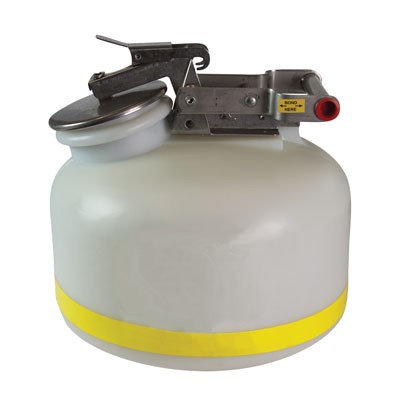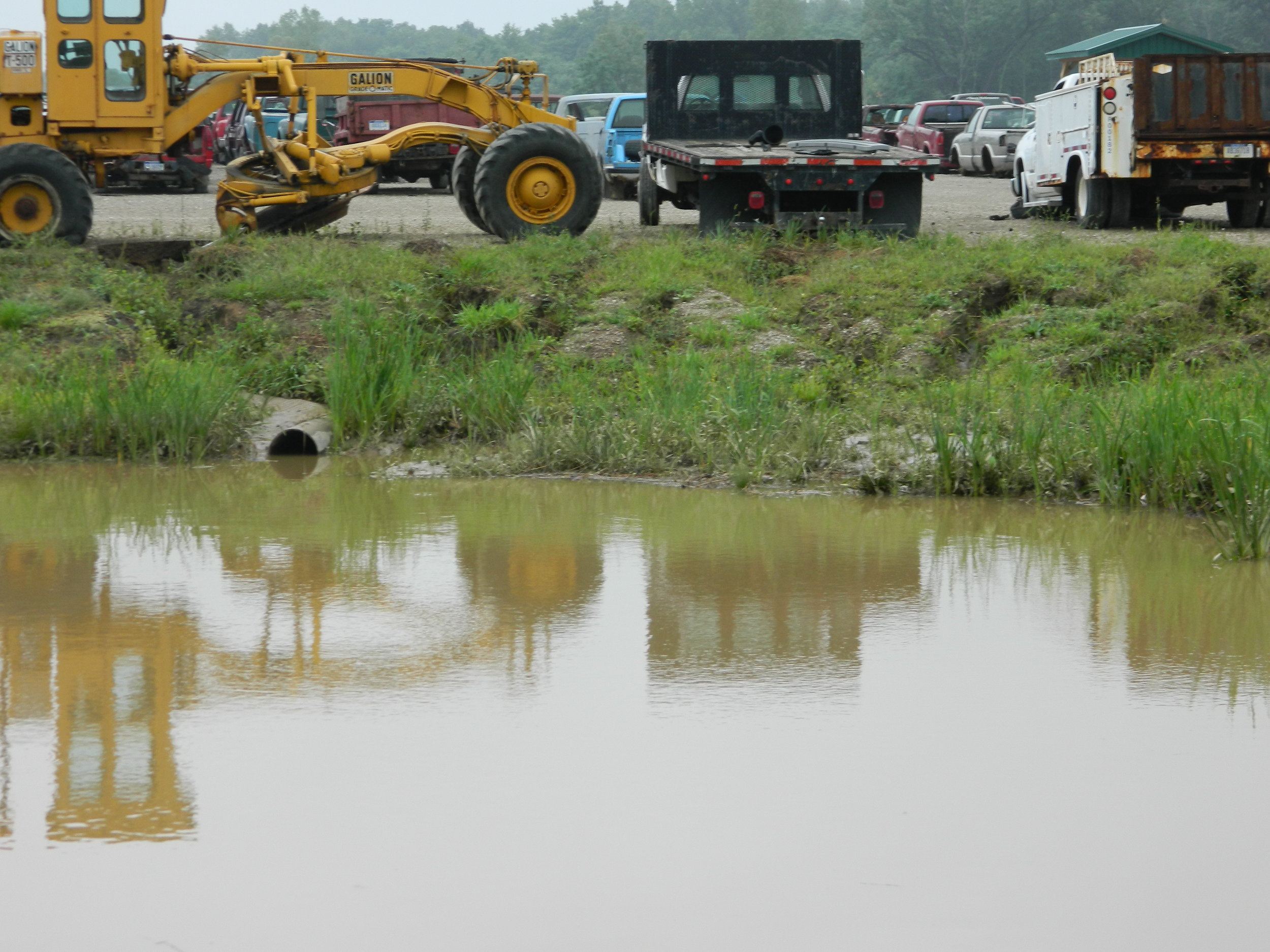Professional Liquid Waste Removal Melbourne: Fast and Cost Effective Providers
Professional Liquid Waste Removal Melbourne: Fast and Cost Effective Providers
Blog Article
How Liquid Waste Disposal Functions: An In-depth Review of Strategies and Technologies Employed

Summary of Liquid Waste Kind
The complexity of liquid waste kinds necessitates a thorough understanding of their characteristics and ramifications for disposal. Liquid waste can extensively be categorized right into several types, consisting of commercial, metropolitan, farming, and dangerous waste. Each group exhibits distinct residential or commercial properties, needing specific management methods to minimize ecological and wellness risks.
Industrial fluid waste stems from producing procedures and usually has a variety of impurities, such as hefty metals, solvents, and organic compounds. Metropolitan fluid waste, mostly consisting of wastewater from families and industrial facilities, contains raw material, nutrients, and virus (industrial wastewater treatment). Agricultural liquid waste, consisting of runoff from farms, might contain fertilizers, chemicals, and pet waste, presenting dangers to water quality and communities
Dangerous fluid waste is defined by its toxicity, reactivity, or potential to trigger injury. Understanding these diverse liquid waste types is crucial for creating effective disposal methods and guaranteeing compliance with ecological guidelines.
Physical Treatment Approaches

Testing is the initial step, where bigger particles and debris are gotten rid of from the liquid waste using screens or grates. This process safeguards downstream tools from damage and makes certain smoother procedure. Following screening, sedimentation makes use of gravitational pressure to separate solids from fluids. In sedimentation containers, heavier fragments clear up at the base, developing a sludge layer, while the made clear liquid can be more treated.
Purification is another crucial method that entails passing the liquid through porous products, such as sand or membranes, to capture smaller bits. This action enhances the top quality of the liquid, making it suitable for succeeding treatment processes.

Chemical Therapy Techniques
Chemical treatment strategies are crucial for properly handling fluid waste, particularly in resolving dissolved and colloidal impurities that physical methods might not sufficiently remove. These techniques make use of numerous chemical agents to neutralize, speed up, or transform dangerous compounds right into less dangerous types.
One common approach is coagulation and flocculation, where chemicals such as alum or ferric chloride are contributed to promote the gathering of suspended fragments. This process improves sedimentation, permitting simpler elimination of the resulting sludge. Furthermore, oxidation processes, using representatives like chlorine or ozone, are employed to damage down intricate organic compounds and microorganisms, providing the waste more secure for discharge or more treatment.
Neutralization is another crucial method, which adjusts the pH of acidic or alkaline waste streams to neutral levels, protecting against potential harm to downstream systems and the atmosphere. Furthermore, progressed oxidation procedures (AOPs) make use of mixes of oxidants and ultraviolet light to deteriorate persistent toxins, attaining a greater degree of treatment efficiency.
Biological Therapy Processes
Biological therapy procedures play an important role in the management of liquid waste by utilizing bacteria to decay natural issue and decrease pollutant levels. These processes can be broadly classified right into cardio and anaerobic therapies, each employing details microbial communities to attain reliable waste degradation.
Cardio therapy entails using oxygen to promote the breakdown of natural products by germs. This process is generally applied in turned on sludge systems, where oygenation containers offer a favorable atmosphere for microbial development, leading to the oxidation of natural pollutants. The resultant biomass can be divided from dealt with effluent via sedimentation.
In contrast, anaerobic treatment takes place in the lack of oxygen, counting on various bacteria to break down raw material. This approach is particularly beneficial for high-strength waste, as it generates biogas, a renewable resource resource, while lowering sludge manufacturing. Technologies such as anaerobic digesters are often used in commercial and community applications.
Both anaerobic and aerobic organic treatments additional resources not just reduce the ecological influence of liquid waste but likewise promote source recuperation, making them crucial parts of sustainable waste monitoring techniques. Their adaptability, effectiveness, and efficiency sustain their prevalent execution throughout different fields.
Emerging Technologies in Disposal
Cutting-edge methods to fluid waste disposal are swiftly advancing, driven by advancements in innovation and an increasing emphasis on sustainability. Amongst these emerging innovations, membrane bioreactors (MBRs) have actually gotten traction for their ability to integrate biological therapy with membrane layer filtration, causing top notch effluent that can be reused in different applications. MBRs allow smaller sized footprints and a lot more effective operations compared to standard systems.
One more promising advancement is making use of anaerobic food digestion integrated with nutrient recuperation technologies, which not just treats liquid waste however additionally produces biogas and recovers important nutrients like nitrogen and phosphorus. This twin advantage improves resource performance and reduces ecological effect.
Furthermore, advanced oxidation processes (AOPs) are being adopted for the destruction of intricate natural contaminants. These methods utilize effective oxidants and stimulants to damage down contaminants at the molecular level, offering a very efficient option for challenging waste streams.
Additionally, visit the website the combination of expert system and artificial intelligence in waste management systems is optimizing functional effectiveness and predictive maintenance, resulting in reduced prices and enhanced environmental conformity. These modern technologies mirror a considerable shift in the direction of more effective and sustainable liquid waste disposal techniques.
Verdict
In verdict, efficient liquid garbage disposal necessitates a comprehensive understanding of numerous techniques and technologies. The assimilation of physical, chemical, and organic treatment techniques ensures the reliable administration of diverse waste types. Moreover, the development of innovative innovations enhances therapy efficacy and promotes sustainability in waste monitoring practices. By continually advancing these techniques, it ends up being feasible to address the growing difficulties associated with fluid waste, inevitably adding to environmental management and resource healing.
Liquid waste disposal is an essential facet of environmental management, requiring an extensive understanding of various methods and modern technologies customized to various waste kinds. Fluid waste can broadly be classified right into numerous kinds, consisting of commercial, metropolitan, farming, and dangerous waste. Agricultural liquid waste, including runoff from farms, may include fertilizers, chemicals, and pet waste, posturing threats to water top quality and ecosystems.
Various physical therapy approaches play a vital function in handling liquid waste efficiently - industrial wastewater pop over to these guys treatment.In final thought, effective fluid waste disposal demands a thorough understanding of various strategies and innovations
Report this page